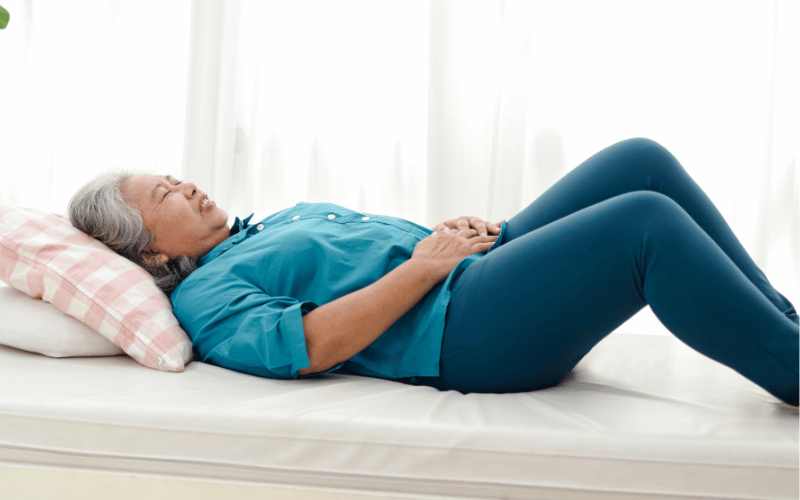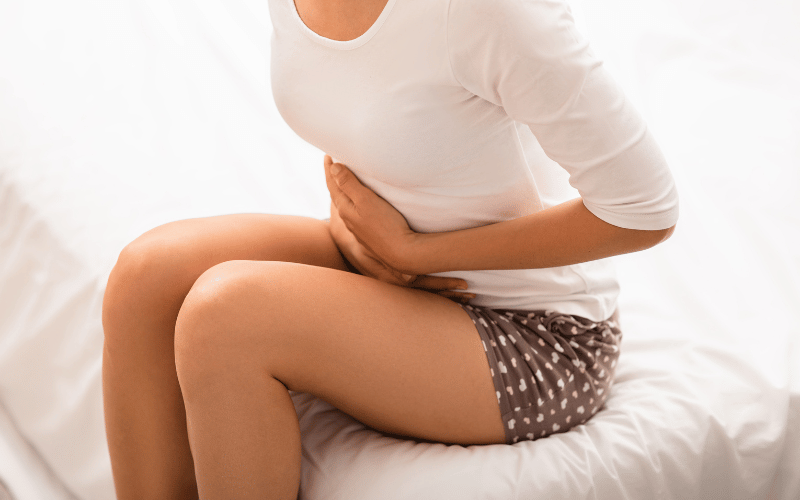Introduction: Unraveling Acalculous Cholecystitis
Cholecystitis, for those who might not be familiar with the term, refers to the inflammation of the gallbladder—a small organ situated beneath the liver. Most cases of cholecystitis are caused by gallstones blocking the tube leading out of the gallbladder, leading to a buildup of bile and subsequent inflammation. However, acalculous cholecystitis is a unique kind of beast.

Acalculous cholecystitis describes gallbladder inflammation that arises without the obvious presence of gallstones. It’s like the mystery novel of medical conditions: everything seems straightforward, but there’s a twist in the tale. This condition, although less common than its gallstone-driven counterpart, is no less serious. It often strikes critically ill individuals, like those in intensive care units, and demands quick intervention.
Diving deeper, it’s not always clear why acalculous cholecystitis develops. Some theories suggest that reduced blood flow to the gallbladder can contribute to this inflammation. Others point towards bacterial or viral infections as the culprits. Whatever the cause, what remains consistent are its symptoms.
The symptoms of acalculous cholecystitis can mirror those of standard cholecystitis, making it crucial to understand them. Recognizing these signs early can make a world of difference, paving the way for swift treatment and a favorable prognosis. In this article, we will discuss the top ten symptoms of acalculous cholecystitis, giving you a detailed breakdown of each.
Symptom 1: Abdominal Pain

Abdominal discomfort is common among many, but when associated with acalculous cholecystitis, it presents distinctly. A sharp, persistent pain localized in the upper right section of the abdomen often flags the onset. This isn’t the average tummy ache that follows a heavy meal or an upset stomach. Instead, it’s a constant, piercing sensation that demands attention.
Furthermore, the nature of this pain sometimes allows it to radiate towards the right shoulder or back. Such a pattern of pain propagation distinguishes it from other types of abdominal discomforts. People experiencing it might initially dismiss it as an inconsequential cramp, but the consistent intensity and location should serve as red flags.
Additionally, the timing of the pain can provide clues. Those with acalculous cholecystitis might notice that the pain intensifies during particular times, such as after consuming fatty foods. It’s the body’s way of reacting to an inflamed gallbladder struggling with bile release.
One should also consider the duration and frequency. A fleeting twinge is one thing, but if the discomfort lasts longer than a few hours or recurs regularly, medical consultation becomes paramount. In short, if your gut is telling you that this isn’t just another stomachache, it’s worth listening.(1)